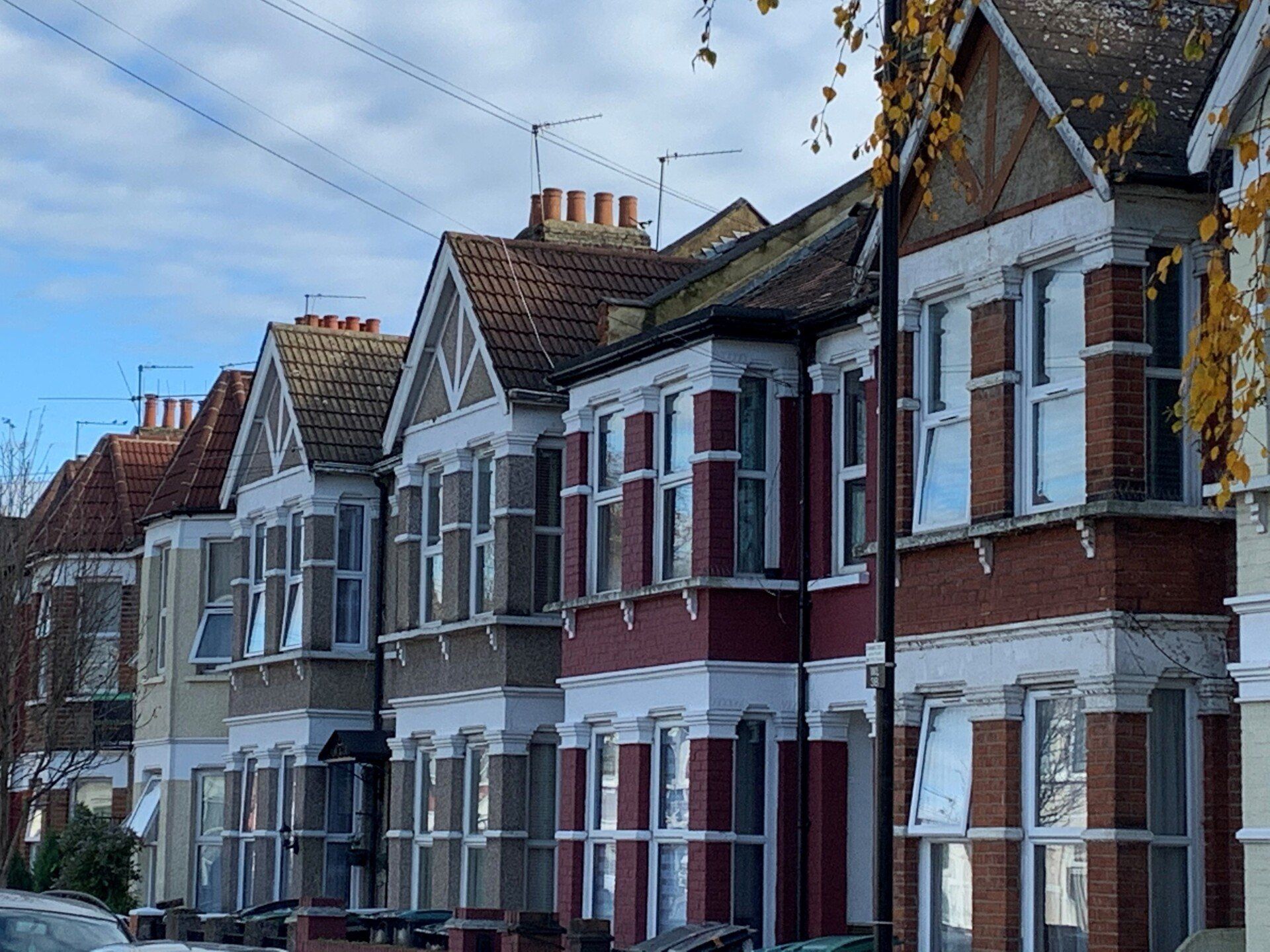How Party Wall Surveys Protect Property Values During Construction
When it comes to construction or renovation in shared buildings or adjacent properties, the Party Wall etc. Act 1996 plays a crucial role in protecting the interests of all parties involved. At the heart of this legislation lies a vital process—the party wall survey. While many homeowners and developers view party wall surveys as a legal formality, they are, in fact, a key tool for protecting property values, relationships, and structural integrity during construction.
In this blog, we’ll explore how party wall surveys safeguard property values and why engaging a qualified party wall surveyor—such as those at adamjoseph.co.uk—is essential for a smooth construction journey.
Understanding the Party Wall etc. Act 1996
Before diving into property values, it’s important to understand what the Act covers.
- The Party Wall etc. Act 1996 applies to three types of work:
- Building on or at the boundary between two properties.
- Work to an existing party wall or structure.
- Excavation within certain distances of neighbouring properties.
In these cases, the building owner must serve a formal party wall notice to affected adjoining owners. If there's a disagreement, a party wall surveyor steps in to mediate and issue a Party Wall Award—a legal agreement that outlines how the work will proceed while safeguarding the adjoining property.
The Link Between Construction and Property Values
Property value is influenced by many factors: location, structure, aesthetics, and the condition of neighbouring properties. Construction—especially in terraced or semi-detached homes—can disrupt this balance by:
- Damaging adjoining walls or foundations
- Reducing natural light or privacy
- Causing noise, dust, and vibration
- Leading to structural movement or cracks
All of these can negatively affect the market value of the properties involved. This is where party wall surveys provide a protective shield.
1. Prevents Structural Damage and Devaluation
A key role of the party wall survey is to assess the potential structural impact of the proposed works. Surveyors conduct a thorough inspection of the adjoining property and create a Schedule of Condition Report. This report documents the property's existing state (cracks, damp, wall condition, etc.) through text and photographs.
How This Protects Value:
- If any damage occurs during construction, the report provides a clear reference point.
- Homeowners can claim fair compensation or repairs without prolonged disputes.
- Prevents long-term undetected damage that could reduce a property's resale value.
2. Ensures Work Is Legally Compliant
A surveyor ensures that the building owner follows the law, including proper notice periods, construction techniques, and safety precautions. The Party Wall Award acts as a legal document that binds both parties.
How This Protects Value:
- A legally sound project reduces the risk of litigation or work stoppages.
- Ensures that construction doesn’t breach planning regulations or encroach on property lines.
- Future buyers will feel more confident purchasing a home where work was properly documented and approved.
3. Preserves Neighbour Relationships (and Marketability)
Unresolved party wall disputes can create animosity between neighbours—a red flag for potential buyers. Buyers often shy away from properties with a history of boundary or construction disputes, fearing future complications.
How This Protects Value:
- A clear Party Wall Award shows that professional procedures were followed.
- Surveyors act as neutral third parties, reducing emotional conflict and legal tension.
- Smooth resolution enhances property appeal for future buyers.
4. Minimises Construction Delays and Cost Overruns
Disputes can lead to expensive delays, especially if the matter ends up in court. Party wall surveyors facilitate faster resolutions and keep work progressing under clear conditions.
How This Protects Value:
- A stalled construction site or unresolved damage can reduce kerb appeal and buyer confidence.
- Keeping your project on time and within budget prevents financial strain or incomplete renovations—both of which can devalue the property.
5. Demonstrates Due Diligence and Care to Future Buyers
Homebuyers today are more informed and cautious. A well-documented party wall survey shows that the owner took all precautions to protect the structure and neighbouring properties.
How This Protects Value:
- Adds credibility and legal strength to the home’s construction history.
- Can be used to reassure mortgage lenders, insurers, or future buyers.
- Shows responsible ownership—an intangible but valuable asset.
6. Protects the Adjoining Owner’s Property Investment
The benefits of party wall surveys extend to neighbours as well. By documenting the condition of their property and overseeing construction, it ensures their asset remains undamaged and valuable.
Example:
If a basement excavation causes minor cracks in a neighbour’s wall, the surveyor ensures they are repaired or compensated appropriately. Without such documentation, disputes can drag on and hurt both parties' property value.
When Should You Appoint a Party Wall Surveyor?
You should consider appointing a party wall surveyor when:
- You plan to carry out any work that affects a shared wall or boundary.
- You receive a party wall notice from a neighbour.
- There’s a risk of structural movement or excavation.
Even if the neighbouring owner consents to the work, having a Schedule of Condition prepared is wise as it offers legal protection.
Choosing the Right Party Wall Surveyor
Not all surveyors are created equal. Look for:
- RICS-accredited professionals
- Transparent fee structures
- Strong experience in resolving disputes
- Knowledge of local regulations and building codes
At adamjoseph.co.uk, our team of certified surveyors offers practical advice, professional reports, and impartial awards to protect your investment and peace of mind.
Party wall surveys are more than just paperwork—they’re a safety net that protects your property value, legal standing, and neighbourly relationships during construction. Whether you’re the one building or the one next door, involving a qualified party wall surveyor ensures that everyone’s interests are protected.
By proactively managing risk and documenting every step, you not only protect your home today—but also increase its market appeal for tomorrow.
Protect your investment—speak to a party wall expert today.
For more information call us at 020 3875 9279 or email us.









